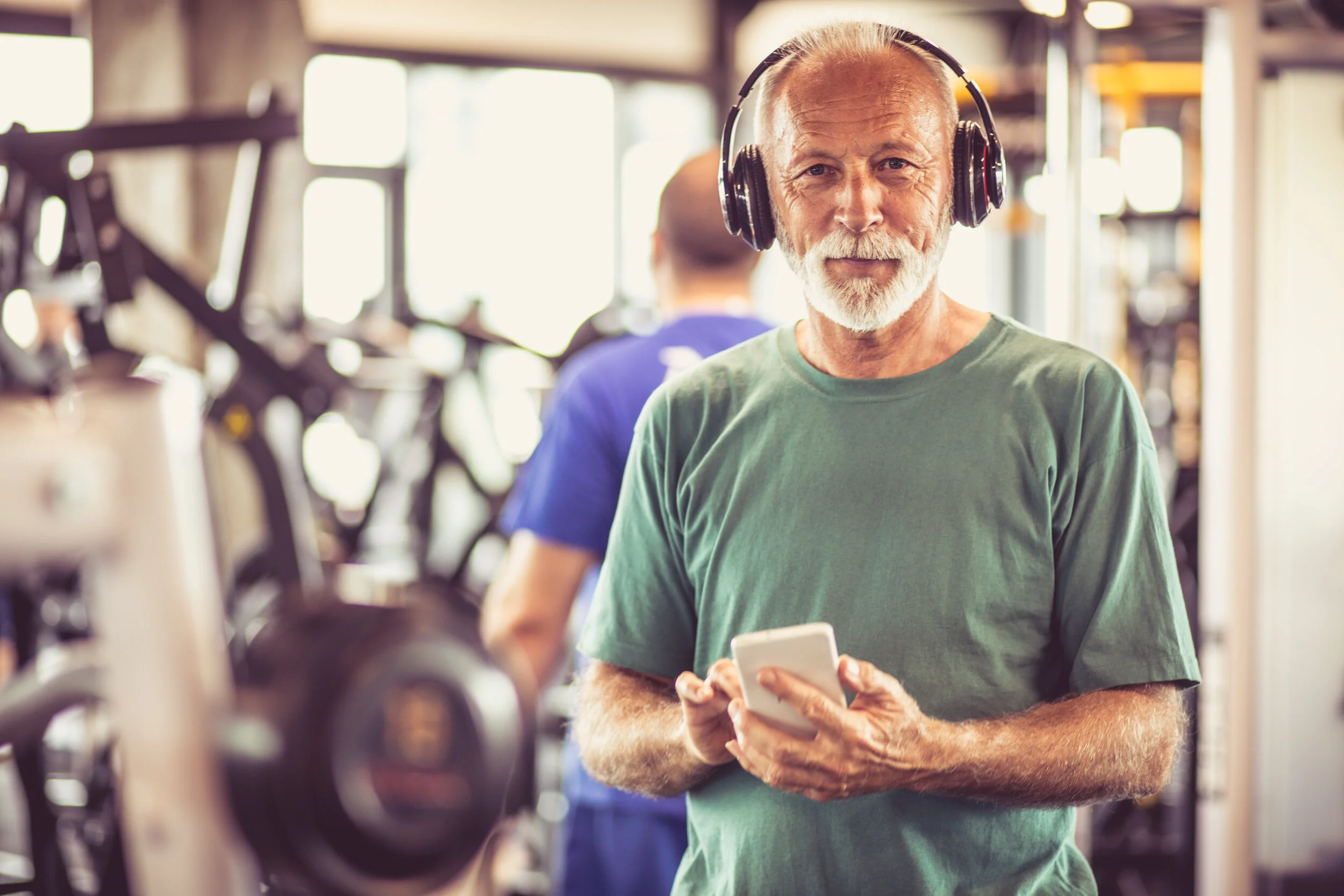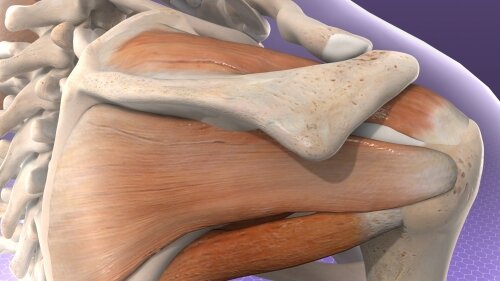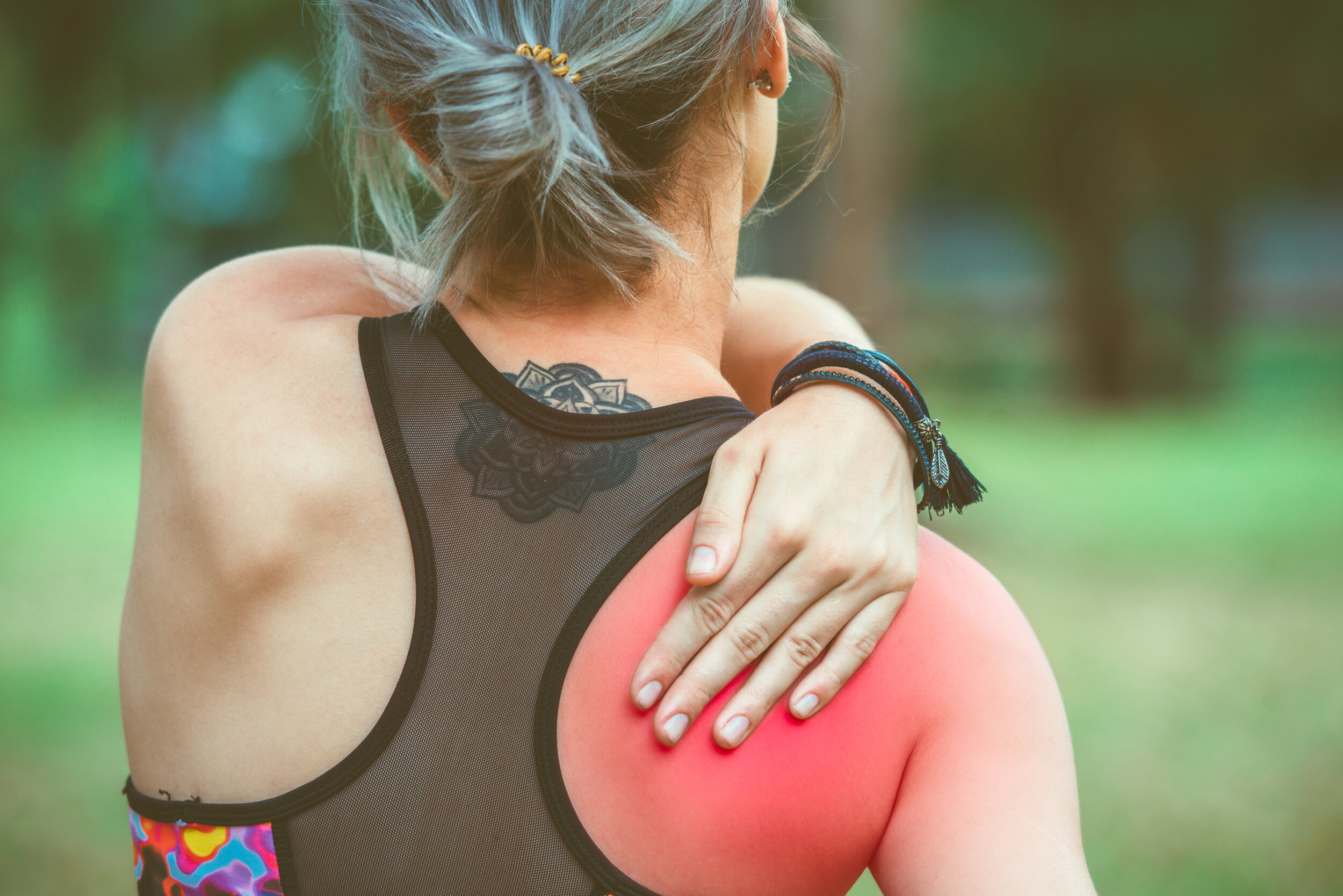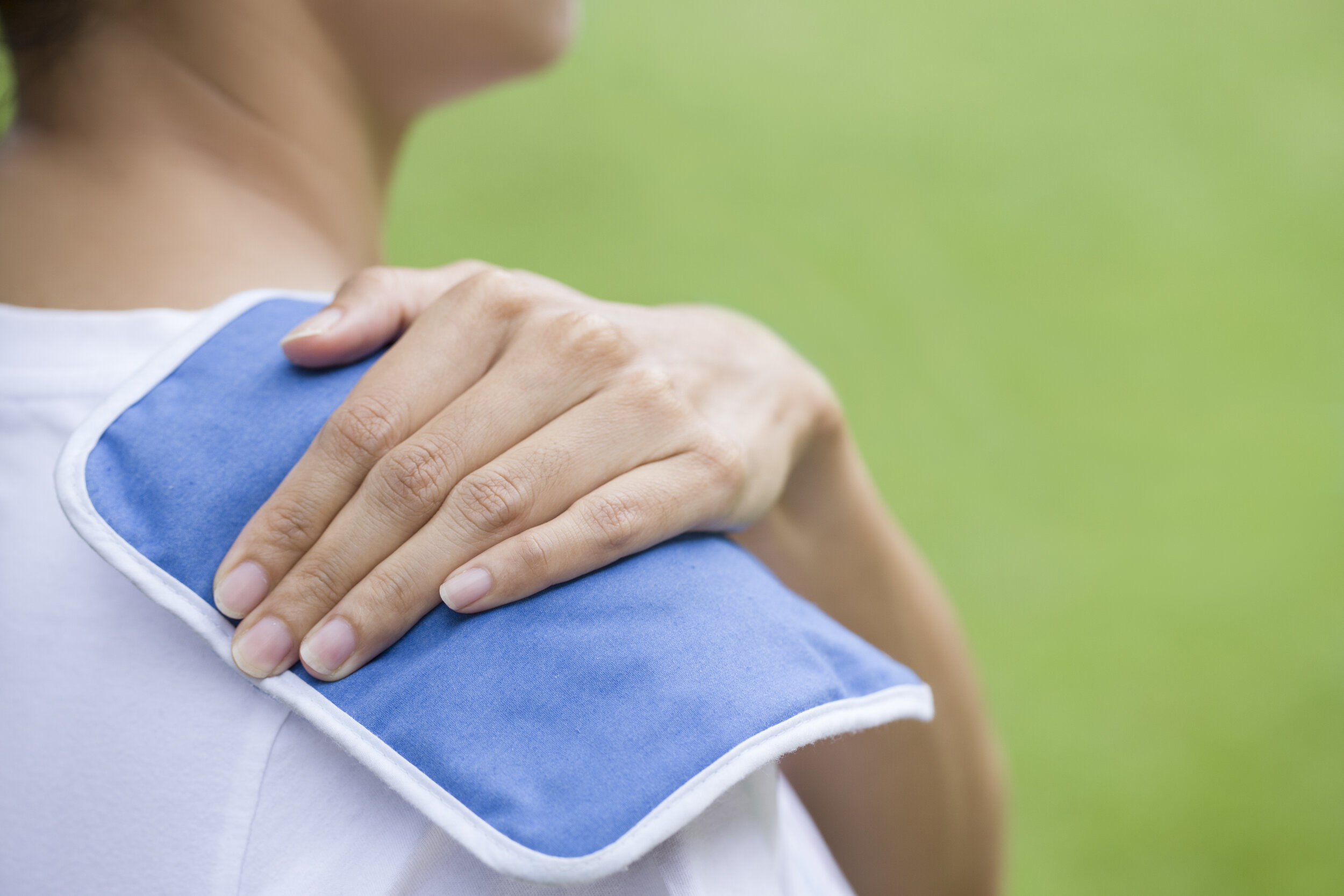Rotator Cuff Tears & Surgery: Questions & Answers
"What is Rotator Cuff Surgery?"
First, let's take a quick minute to identify what the rotator cuff actually is. The rotator cuff consists of a collection of muscles and tendons in your shoulder.
This group of muscles and tendons connect the humerus, or "upper arm" to the scapula, otherwise known as the "shoulder blade".
Here's a quick list of the muscles that make up the rotator cuff, for reference sake:
A diagram of the rotator cuff
Teres minor
Infraspinatus
Supraspinatus
Subscapularis
The "cuff" in question consists of tendons and tissues, forming a cuff around the humerus.
"Dr. Sterett, what are the symptoms of a rotator cuff tear?"
If you encounter a bad fall you may know immediately that you've got a problem with your rotator cuff. Many sudden tears of the rotator cuff will cause direct, noticeably intense pain. The result is a weakness in your upper arm that can be felt immediately.
Often patients with rotator cuff tears come into the office complaining more of weakness, while patients with rotator cuff tendonitis (bursitis) complain predominantly of pain.
Rotator Cuff Tears May Develop Due To Overuse
Rotator cuff tears can develop over time, which is why we must carefully monitor young pitchers to ensure they do not over-stress the muscles and tendons of the arm and shoulders.
However, you may be surprised to know that not all rotator cuff injuries are immediately apparent.
Often the injury develops over time as a result of consistent overuse. A good example of this can be seen in baseball pitchers, who consistently depend on the rotator cuff when they throw the ball at high speeds.
This is why we want to carefully monitor our young baseball pitchers, so they don’t overuse the arm at an early age and develop shoulder problems.
You Don’t Have To Be an Athlete To Tear The Rotator Cuff
You don’t have to be a competitive athlete to have a rotator cuff injury.
Chances are you aren't a professional baseball player, but that doesn't mean you still can't develop this injury over the course of time.
If you have pain in your shoulder when reaching, lifting, or engaging in similar activities, it's time to take notice.
Symptoms of a Rotator Cuff Tear
Let's go over some of the more common symptoms you'll encounter after a rotator cuff tear injury.
If you have any of the following, you should take the next step and consult a medical professional:
Weakness in the arm when rotating, flexing, or lifting things
A sensation of "cracking" when you move your shoulder
Consistent pain when lying or resting on the shoulder in question
Now let’s take some questions from our readers on the topic of rotator cuff tears
"Hi Doc, can you tell me if there are different types of rotator cuff tear injuries? or are they all one and the same?"
A Rotator cuff tear is just that-- a rotator cuff tear. But yes, there are different types of rotator cuff injuries. Here's a list of the types of injuries and conditions you may encounter.
(Source and links: webmd.com).
Rotator cuff tear: See above...
Rotator cuff tendinitis (or tendonitis): Repetitive overhead use of the arms (such as painting or throwing) causes a painful strain injury. Rest, ice, and pain relievers are treatments that can be effective in these cases.
Rotator cuff impingement: Impingement occurs when your rotator cuff tendons become "squeezed" between the acromion bone and the humerus.
Frozen shoulder (or "adhesive capsulitis"): The humerus adheres to the shoulder blade, causing shoulder pain and stiffness. Exercise, rest, and steroid injections are possible treatments in these cases.
Subacromial bursitis: Consists of Inflammation of the small sac of fluid (bursa) that cushions the rotator cuff tendons from the acromion bone.
"Dr Sterett, can you tell me what happens during rotator cuff surgery?"
Let's lay out the steps to Rotator Cuff Tear surgery. (For additional information, I've provided a link to an animation that takes you through an in-depth look into the process at www.drsterett.com.)
Step 1: Bursa Sac and Coaracocoromial Ligament removal.
Step 2: Bone Removal
Step 3: Removal of the torn rotator cuff
Step 4: Rotator Cuff Reattachment
Click on the video link below to see the entire process laid in detail.
"What should I expect when it comes to recovery for rotator cuff surgery?"
Getting back to doing the activities you love should be your primary objective, and we see people do it every day.
Good question. Recovering from rotator cuff surgery isn't easy and you will certainly experience a recovery period which you should adhere to strictly, depending on the instructions of your surgeon.
So first and foremost, trust the medical professional who does your surgery to also guide you through your rehabilitation process!
Each person and each surgery are different, and you shouldn't expect to be slinging a football the next day after surgery.
However, getting back to doing the activities you love should be your primary objective, and we see people do it every day. Your surgical and PT team are there to support you and help you recover fully.
"How soon can I resume strength training after rotator cuff surgery?"
It is typical to allow 3-5 months before you begin any type of strength training.
This is a crucial time in the recovery period when it comes to ensuring that you the injury does not re-occur.
Even though you feel like your shoulder can do everything it could do before at this point, doing regular household chores with ease is certainly not the same as lifting heavy weights, pulling a rowing machine, or throwing a baseball.
So please take caution during this period of your recovery and above all, listen to your surgeon and you'll be back to strength training soon enough.
"Dr. Sterett, I'm feeling ready to get back to playing sports after my rotator cuff surgery. When can I start playing again?"
I'm going to start sounding like a broken record here, but once again, your surgeon will know best based on your particular circumstances.
However, I do want to stress that it will definitely be a few months before you can resume playing sports in a normal fashion. Recovery time before re-engaging in athletics may be up to a year, with the minimum probably being around 6 months.
Don't push it! The rotator cuff repair is done with the tendon under tension, while most tissues in our body like to heal under compression. That is one reason why we have to go so slow with the post operative reahabilitation.
The goal of rotator cuff surgery is to get you back to optimum health, so err on the side of caution and listen to your body. With the help of your surgeon and commitment to doing what you need to do in terms of rest, the time taken to recover will have great ramifications upon your continued health.















